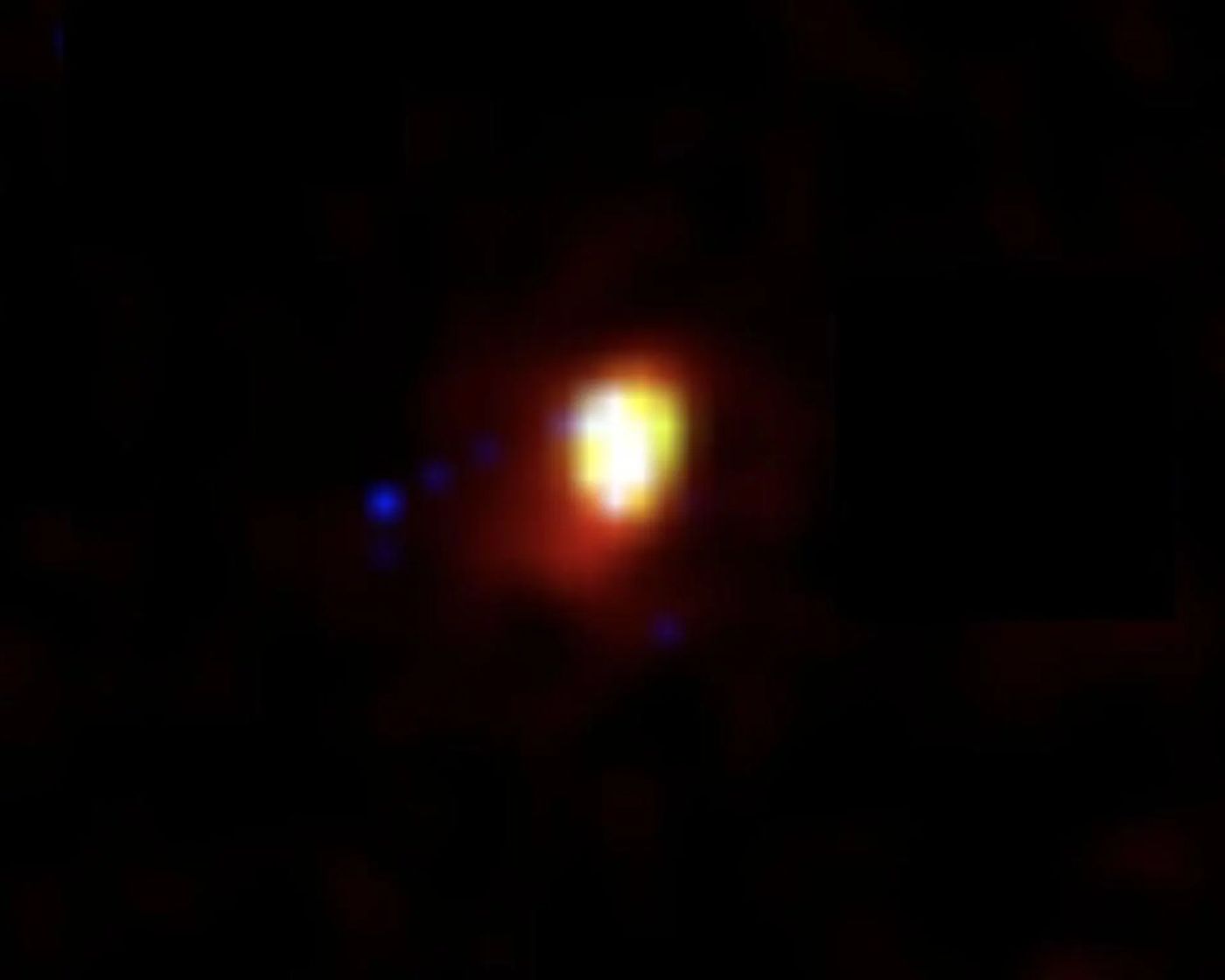James Webb would have discovered the farthest galaxy from Earth
The space telescope James Webb has never ceased to amaze the scientific community since its launch last July. After several fantastic snapshots of the deep universe, the JWST would thus have managed to detect the most distant Galaxy from Earth, located about 35 billion light years from our little blue planet! If this Galaxy is the farthest from us, it is partly because of the continuous expansion of the universe, and also because it is the oldest ever observed by man.
The CEERS-93316 Galaxy, 35 billion light years away from Earth
The snapshot captured by James Webb reveals a galaxy from the earliest times of the universe: what we see via the space telescope is the image of CEERS-93316 just 235 million years after the Big Bang (and 135 million years after the first stars), i.e. a temporal pinhead on an astronomical scale! 235 million is roughly the time that separates us from one of the very first dinosaurs to appear on Earth, the Saturnalia.
The evaluation of the age CEERS-93316 must still be confirmed by the scientific community, knowing that James Webb would have already placed his mirrors on even more distant Galaxies. After just a few weeks of activity, the JWST is already multiplying the first-rate discoveries.



